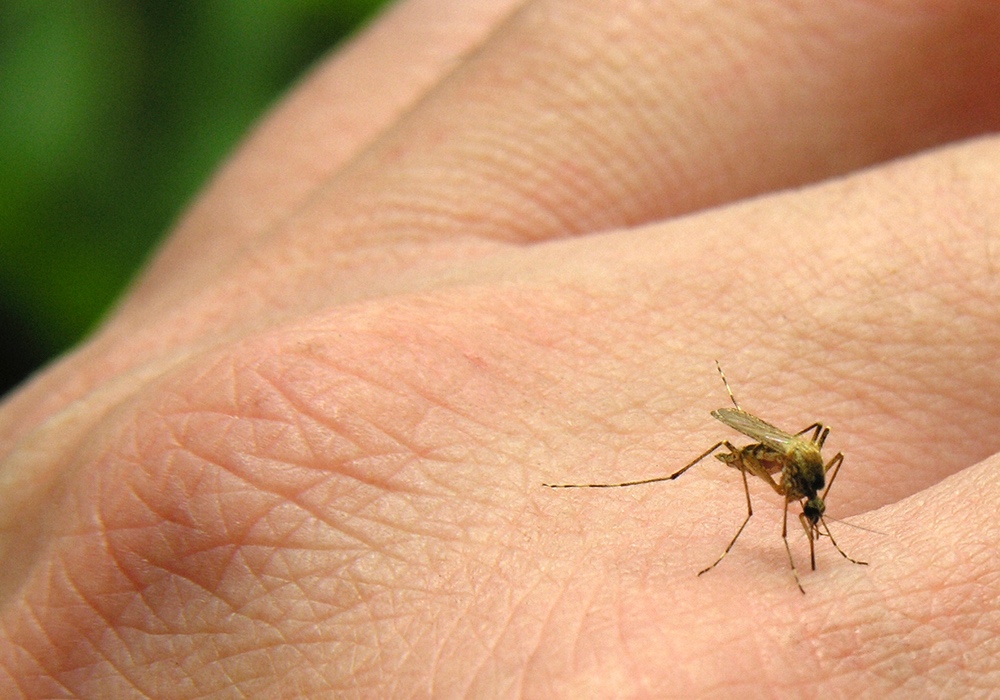Two new cases of Zika virus — including one death — in Utah and the upcoming Olympic Games in Brazil have thrust this public health concern back into the headlines, just as a new study summarizes the particulars of known cases of the virus to date.
The Zika virus gained widespread public attention when a late 2014-early 2015 outbreak in Brazil led to a dramatic increase in cases of newborns with microcephaly — a head circumference significantly less than expected for the child's age. Abnormally small head size causes severe delays in cognitive function, reasoning and learning skills, growth, and neuromuscular development and coordination.
Infants with microcephaly and their families face significant long-term problems. While there are several causes of microcephaly at birth, including other infections (such as toxoplasmosis, cytomegalovirus and rubella), the brain imaging of the babies with microcephaly related to Zika showed particular abnormalities including malformations of the brain cortex, abnormally large ventricles, underdevelopment of the cerebellum and poor density of the white matter.The earlier the rash appeared in pregnancy, the smaller the head circumference.
The CDC is investigating how the virus was spread and whether there may now be infected mosquitoes in Utah which can transmit the disease.
By June 2016, 61 countries have reported cases of Zika. It is spread by the bite of infected mosquitoes, and it can also be transmitted through sexual contact. The risk is highest for pregnant women and their developing fetuses. When adults contract the virus, they often show no symptoms or have mild symptoms such as conjunctivitis, fever, rash and joint pain. Rarely, adults develop Gillian-Barre syndrome, a neurologic complication causing rapidly developing muscle weakness that may last days to weeks.
There are currently almost 1000 identified cases of the virus in the US. With the exception of the one Utah infection, they are all related to travel to Zika-infected countries or to having sex with a partner who contracted the virus.
Research efforts are being directed to infection prevention with vaccines or by control of mosquito carriers, as there is little that can be done, other than supportive therapies, to treat infants who are born with evidence of congenital Zika infection.
A recent study in The Lancet looks at the pregnancy history, clinical characteristics and neuroimaging of 602 cases of definite or probable congenital Zika in Brazil. It suggests that these criteria are too narrow and will miss cases of the infection and underestimate its prevalence. Investigators propose that screening guidelines must be revised.
The researchers found that not all Zika babies had small heads. When the babies' mothers reported their rash late in pregnancy, they might actually have a normal head size, but the brain tissue imaging reflected Zika-related brain damage. The earlier the rash appeared in pregnancy, the smaller the head circumference.
They suggest that limiting Zika investigations to infants with measurably small head circumference at birth will miss many cases. They also note that not all women whose babies showed congenital Zika reported a rash during pregnancy. Thus, only screening women and babies with a history of pregnancy-related rash will also miss cases. The researchers also found that among the cohort of babies they identified with definite or probably Zika infection, there was a four-fold increase in mortality compared to the general population.
The message from this research is that relying on microcephaly at birth or a history of a rash during pregnancy to identify cases of congenital Zika infection are not sufficiently accurate to inform research and preventive measures.
The World Health Organization (WHO) has provided guidelines for travelers to Zika-infected areas. They particularly target women who are pregnant or might become pregnant.
WHO recommends that:
Zika virus constitutes a significant risk to the health of developing fetuses and is spreading rapidly worldwide. Research, supported by accurate information, is critical to prevention and control efforts. Until a vaccine is developed, individual measures, as outlined by the World Health Organization, can provide effective guidelines for safer pregnancies.





